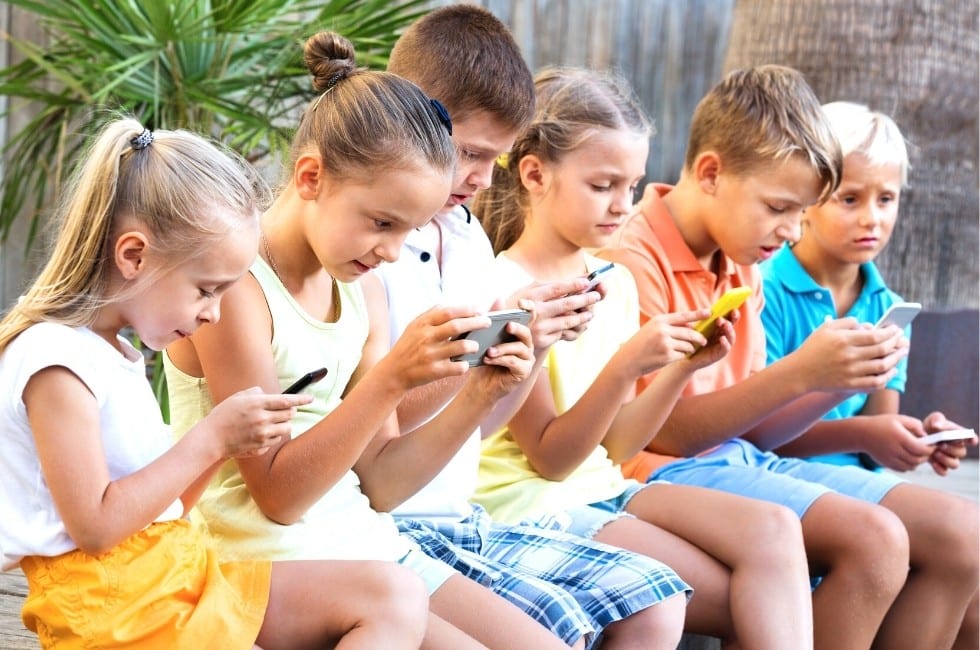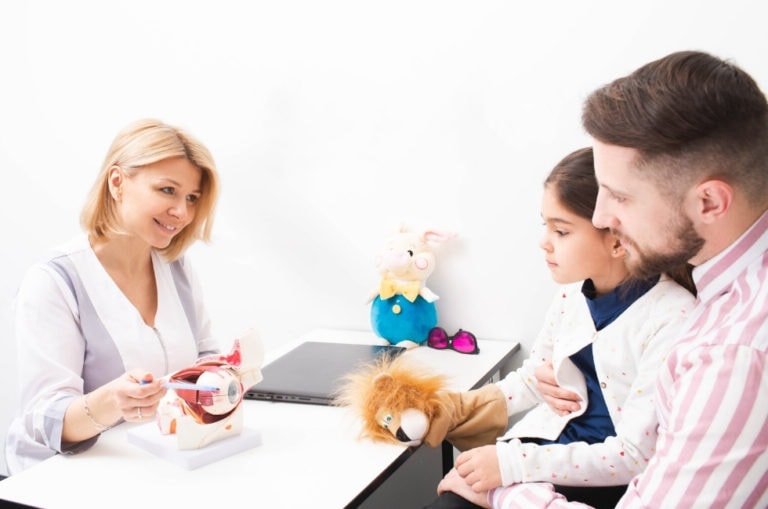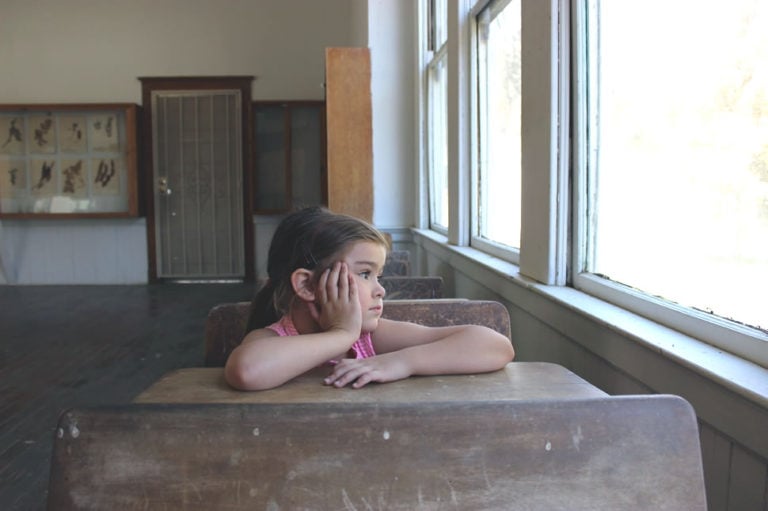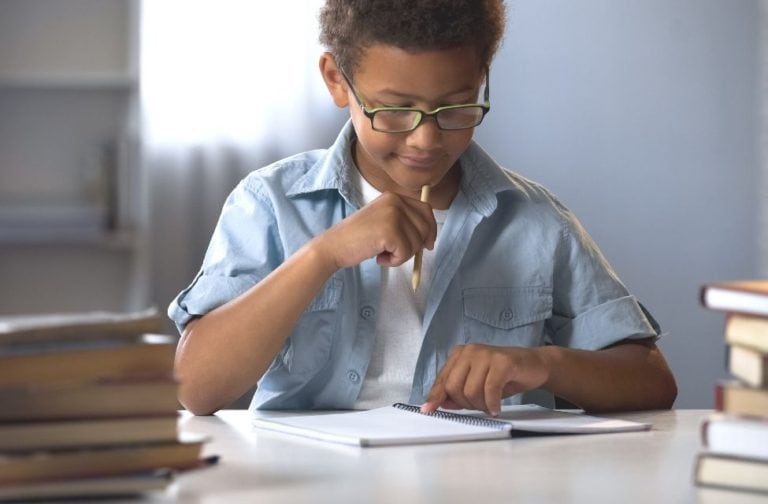Smartphones can be wonderful, both for children and their parents as it keeps them connected at all times, entertains and teaches them, and gives them a picture of what’s going on in the world around them. But, if overused, a smartphone can have severe and long-lasting effects on children’s perceptual vision, eye health, and social and emotional development by skewing the way they perceive, react to, and interact with what they see, according to Australian behavioural optometrist Jacqueline Gattegno.
She says the consequences of staring at smartphones too much and too long go far further than temporary “computer fatigue”, currently describing the side-effects of screen overtime and the short wavelength blue light screens emit. And not even those who’ve passed the standard 20/20 eye test with flying colours, and show no clear signs of vision problems, are totally immune to it.
“In spite of this, children are still owning smartphones and using them far more than an hour a day. Instead they are using them almost all the time, whether they’re at school, at home, or even after getting into bed at night. And sometimes those whose eyesight is still developing, have not yet started school, and are still in prams or pushchairs, are doing the same,” Gattegno said.
New Research Reveals Smartphone’s Threats
According to Gattegno, new research and statistics have suggested smartphones could be contributing to the epidemic levels of myopia, the shortsighted refractive error predicted to affect the vision of 50% of the global population by 2050. And other research has reported finding imbalances similar to those seen in people with mental illnesses in the brain chemistry of young smartphone users who spend a large amount of time staring at them.
Other studies have linked even one hour a day spent staring at a smartphone screen with a significant rise in anxiety and depression among children. Gattegno says it’s also been associated with a drop in children’s curiosity about the world around them, and an increase in the amount of bad behaviour like bullying, short attention spans, and low performance at school, with most of these attributed to the instant gratification and constant streams of information, sound and colour, provided by mobiles, which could overwhelm the brain and distort the children’s perceptual vision skills.
Tips on How to Lower the Risks
Gattegno says that the best way to avoid these threats, is to reduce the time spent staring at screens by setting boundaries on the time young eyes spend focused on them.
The smartphones themselves provide some assistance in the form of anti-glare screens and settings which reduce the emission of blue light, which studies now show may actually damage the cornea and impact badly on vision. It’s also possible to adjust the brightness and contrast, as well as the size of the text, all of which go some way towards reducing potential harm to the eyes. Keeping the screen clean and clear of blotchy fingerprints, and teaching children to blink frequently when watching the screen, will help protect their eyes from getting dry and help reduce eye strain, as will ensuring the screen is at least 16 inches away from their eyes while they are watching.
Gattegno says it’s also wise to involve children in other activities which will help their eyes and at the same time distract them from the screen. Time outside, engaging with nature under natural light and doing some exercise, is the best answer. It also creates an opportunity to implement the 20/20/20 rule of eye care, which recommends that every 20 minutes children should look at something 20 feet away for at least 20 seconds, and take a 15-minute break from any type of screen every 50 minutes.
HEAR: Ultra106.5FM Interview with Gary Rodney – Covid and Myopia: What you need to know!
For more information on screen usage, behavioural optometry, perceptual vision and vision therapy, or to book an appointment, visit the Smart Vision website: Optometrists Sydney: Optometry Services For Children and Adults | Smart Vision; for specific information about Myopia treatment and prevention visit Myopia Prevention: Solutions, Control And Treatment In Sydney; and for detailed information about Myopia Treatment visit Orthokeratology In Sydney: The Non Surgical Alternative.
Book an appointment for a thorough eye check-up or Call the Bondi clinic on (02) 9365 5047 or the Mosman clinic on (02) 9969 1600.







